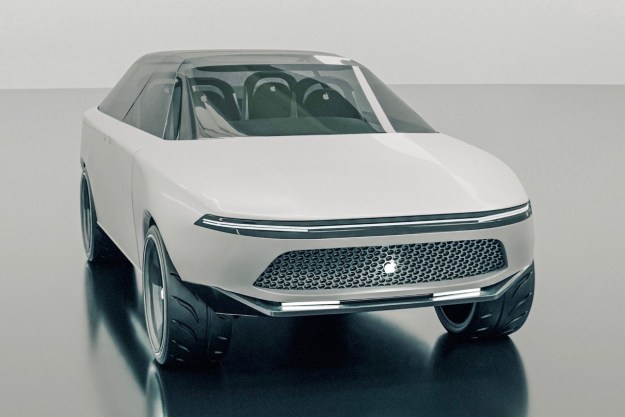“We have been working to prepare algorithms for winter ‘at garage’ for a while, so last weekend tests in real world was just the first time we got all confirmations,” Dmitry Polishchuk, head of Yandex.Taxi’s self-driving project, told TechCrunch. Yandex certainly isn’t the first company to test its autonomous abilities in the snow. Just last month, Alphabet-owned Waymo announced that it was testing its own Chrysler Pacific hybrid minivans in snowy and icy conditions in Detroit.
The reason behind such tests is simple — while self-driving vehicles know what to do in ideal road conditions, understanding how to adapt to less than perfect roadways is key to being a good driver (human or otherwise). Snow is often seen as a particular challenge for motorists, as it not only creates a slick roadway, but can also hide road markings and signs. As such, guaranteeing autonomous vehicles’ safe operations in these situations is of the utmost importance.
Yandex has yet to test the self-driving cars on public roads, which means that they haven’t actually driven alongside humans. This, of course, will be a key step in bringing these autonomous vehicles to market. The company hopes to begin these trails in 2018, but this would require some legislation to be passed — as it stands, Russia forbids using self-driving cars on public roads.
For the time being, however, Polishchuk is pleased with the current tests. “There was nothing unexpected,” he said of the recent snow tests. “Computer vision algorithms should be specially tuned to work properly when the snow is falling and covering road surface, and driving technology should count slick surface when choosing speed mode. We will continue tests during the whole winter to make sure our technology for driverless car is reliable for such conditions.”
Editors' Recommendations
- Tesla Autopilot vs. full self-driving: What’s the difference?
- Waze now warns drivers about roads prone to car accidents
- Cruise autonomous vehicle drives over woman just after she was hit by another car
- Volkswagen is launching its own self-driving car testing program in the U.S.
- Big driverless buses are now serving passengers in Scotland


